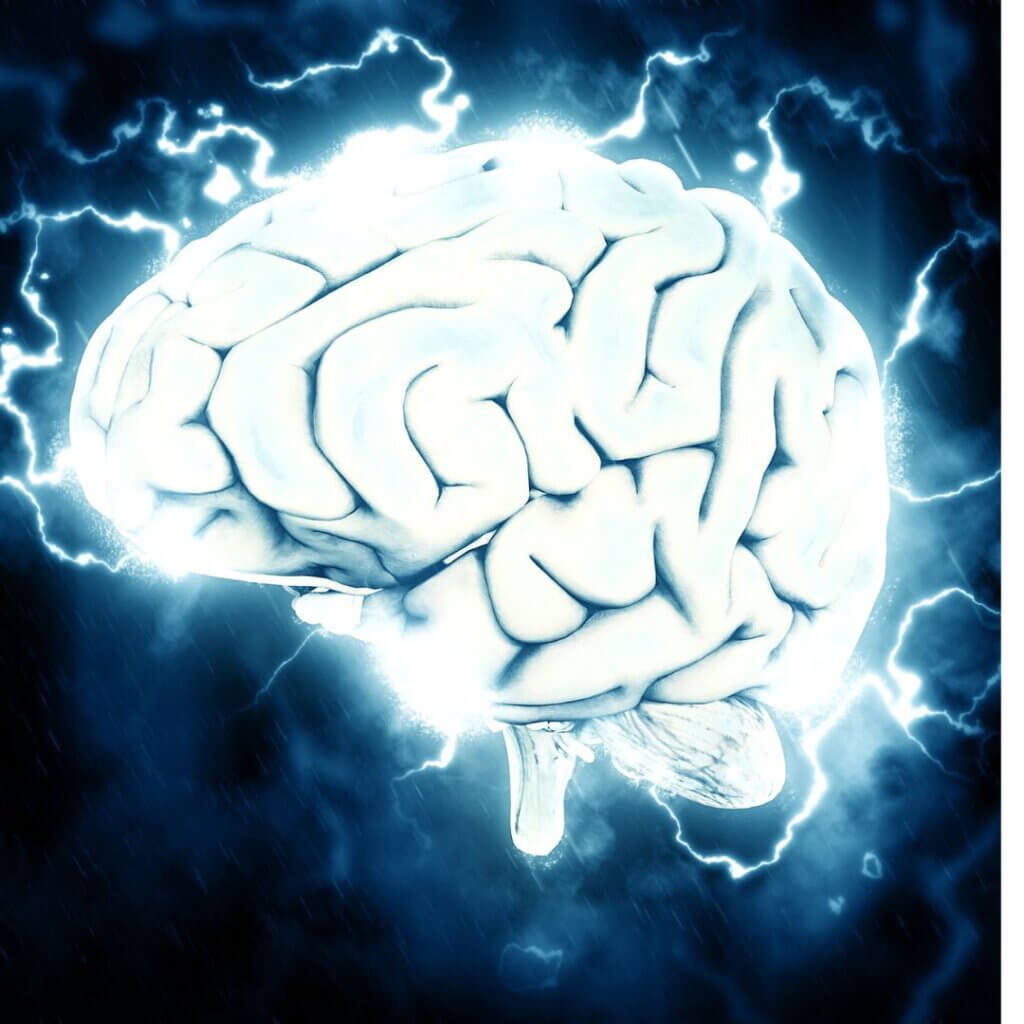Indecision not only hampers leadership effectiveness but also significantly impacts personal and organisational productivity. Indecision, is not simply the failure to make decisions quickly; it’s a pervasive issue that saps mental energy continuously.
what is Decision fatigue?
This state of unresolved decision-making leads to what’s referred to as decision fatigue—a phenomenon where the quality of one’s decisions deteriorates after making many decisions.

It’s a major factor contributing to feelings of exhaustion and decreased efficiency, which can affect all aspects of life and work. Timeliness is a key component. The time you take to reach a particular decision is a cost benefit equation. It’s about gathering enough data in order to reach a robust conclusion. Spend too long assembling the data and you risk missing the opportunity or creating a new issue because you didn’t act fast enough.
Data processing
There’s a balance, because your decision requires enough information to create an informed choice and that timeline for data gathering is informed by 3 key drivers. First of all, it’s your inherent knowledge of the subject. It’s going to speed up or slow down your data gathering.

Your confidence and the data that’s presented by any subject matter experts is second, then third, add in your clarity on what exactly is required.
Decision fatigue is a real thing and, it’s the result of the mental overload that comes from making more decisions than you really have the mental capacity for. It’s when we overdraw that processing power bank account. It’s not just the sheer number of decisions you made today that causes decision fatigue. It’s multifactorial. Putting off decisions is one way of drawing on that processing power again and again.
recharge your processor
There’s also the things you do to fill your cognitive processor up.

Things like:
- How rested are you?
- Are you sleeping well?
- Are you meditating?
- Are you breathing?
- Are you moving?
It is not just how you move, but when you move, even your food choices can increase or decrease your cognitive functioning.
Do I have decision fatigue?
Symptoms of decision fatigue are familiar to most people.

Decision fatigue include procrastination, brain fog, exhaustion, impulsive or rash behavior, and feeling overwhelmed or irritated for no apparent reason.
Minimising decision fatigue
So what can you do to minimise decision fatigue? Those decisions that are yours to take, make the decision once. If you feel you don’t have enough information to make a decision, tell your team exactly what you need to know to make that decision.

Make it easy on yourself. Note down your information request, so you don’t need to use energy carrying it around in your head and agree a time with your team for when they’ll provide you with the requested information.
In your calendar within that time block, make a note of the decision that’s required and reference where the data you require to make the decision is stored, so you’re not hunting around for it. And during that time, review the information and make the decision. Your next strategy is to reduce the number of decisions you need to take.
decision framework
Does your team know which decisions they are empowered to take and which decisions are yours to take? If not, consider introducing the concept of root, trunk, branch, and leaf decisions. This framework clarifies who in your team is empowered to make which decisions, and it saves you from making every single decision and it develops your team because it encourages them to make decisions. How does it work?

You can remove a leaf from a tree and not hurt the tree. Leaf decisions are decisions where what could possibly go wrong will have very little impact on the business. Delegate those leaf decisions and let your team know that they don’t even need to tell you about it.
You can cut a branch from a tree and the tree will be able to heal itself in time. Branch decisions can be delegated to team members who have the authority and the ability to assemble enough information to make the decision. You don’t need to be involved in these decisions.

You get to hear about the problem, what was decided and why, and the anticipated likely consequences of that decision.
Trunk decisions require your team to consult with you and to get your approval on the way forward before the decision is taken. Very few people are empowered to chop into the roots of a tree. You can cut into the roots, but it takes skill to know which roots to cut into and to what extent. Root decisions are made at the top and they’re communicated down.
follow the steps
You know, deep down that you simply don’t have the energy to take another decision today. Focus on these three areas, self audit. How decisive are you? Are there items to be determined that you’re carrying around with you? Delegate information gathering and ensure you’re clear with your team on what you need to know in order to make the decision. Then, when you have that information, decide, and decide once only, no second guessing, this comes first.

Secondly, build up your cognitive processing power reserves with active recovery practices and consistent, good quality sleep.
And lastly, number 3, reduce the number of decisions you need to take. Simplify with routines and rituals, and introduce your team to leaf, branch, trunk and root decisions.

